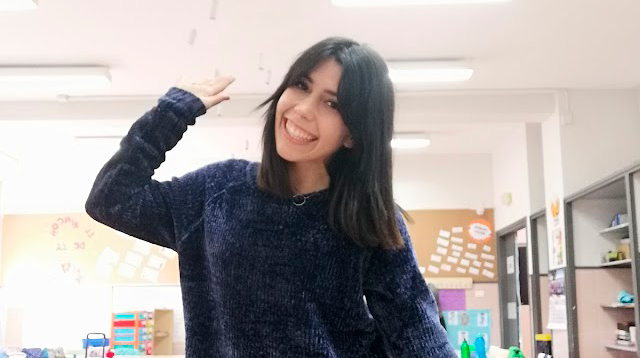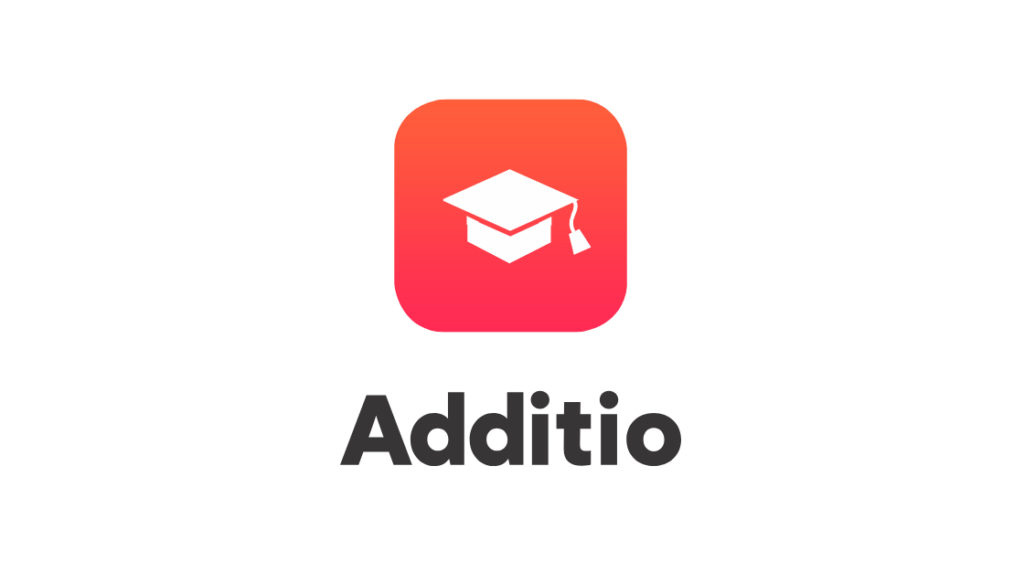In the field of Vocational Training, the connection between theory and practice is key to preparing students for the job market. José David Vidal Soler, an economist and vocational traning teacher, advocates for an innovative approach where technology plays a fundamental role in personalizing learning and optimizing teaching management. Additionally, he integrates digital tools like Additio App to improve student assessment and tracking.
In this interview, he shares his vision of vocational traning education, the challenges of digitalization, and how artificial intelligence can transform teaching.
Discover it below!
And if you want to learn about the experiences of more teachers like him, you can read this interview with Nerea Benítez (English teacher).
1. Tell us a bit about yourself and your career as a teacher
As an economist and vocational training teacher in the economic field, I have contributed to projects and improved operational efficiency in various organizations. I consider myself a skilled person, optimizing resources and providing strategic analysis that has been key in project development.
Regarding my career as a teacher, I started by delivering non-formal training to companies, and then I decided to prepare myself to become a Vocational Training teacher, which is my current role. I have always been focused on providing quality education and addressing the individual needs of students.
2. What levels and subjects do you currently teach?
I teach Vocational Training in the specialty of Commercial Processes. Currently, I teach International Freight Transport in the Higher Vocational Training Program in International Trade and Fieldwork in Market Research in the Higher Vocational Training Program in Marketing and Advertising.
3. What made you choose teaching? What do you enjoy most about your job?
I chose teaching and decided to become a Vocational Training teacher because I enjoy passing on what I have learned and what I continue to learn from the business world to my students. What I like most is working with students in the classroom and identifying their needs.
I would describe my teaching style as innovative and highly student-centered, always focused on their needs in the classroom.
4. What role do you think technology plays in teaching today?
It is key to personalizing learning, facilitating teaching management, and improving interaction with students. It allows us to access resources in real-time, evaluate more efficiently, and adapt to different learning paces.
5. What are the main challenges you see in the digitalization of education?
Ensuring equitable access, training teachers in its use, and avoiding technological dependence without pedagogical criteria. Digitalization should be a tool that complements teaching, not one that replaces it or creates new gaps.
6. Artificial intelligence is increasingly present in education. In your role as a Vocational Training teacher, have you integrated any AI tools into your teaching practice? Do you think AI can be beneficial if used correctly?
Yes, I use AI to generate personalized materials, speed up task grading, and analyze student progress. It also helps to enhance assessment through adaptive questions and realistic simulations in learning environments.
It can undoubtedly be beneficial. If used wisely, it optimizes teaching, provides immediate feedback, and promotes inclusion. However, it is crucial that teachers maintain control and know when and how to apply it without losing the essence of human learning.
7. How did you discover Additio App? When and why did you start using it in your daily teaching? How has it changed the way you manage your classroom?
I discovered Additio App through other teachers who recommended it for classroom management. I started using it to centralize grades, attendance, and observations, making student tracking more organized and efficient.
It has allowed me to automate administrative tasks, dedicate more time to teaching, and improve communication with students. Additionally, it facilitates continuous assessment and quick access to key data about each student’s progress.
8. How do you think Additio App can support teaching management in Vocational Training, considering the specific characteristics of these studies?
In Vocational Training, where we combine theory, practice, and competency-based assessment, Additio App helps unify all information in one place. It allows for managing internships, grading rubrics, and coordinating with companies more effectively.
9. How has Additio App helped you integrate theoretical and practical training in Vocational Training?
It facilitates the creation of rubrics to assess practical skills and the connection with real projects. It also allows for recording student performance in professional environments and tracking their progress more precisely.
10. Vocational Training often requires a more personalized approach due to the diversity of student profiles. How does Additio App help you personalize your students’ learning?
It enables the creation of personalized groups, adapts assessment criteria, and allows for individualized tracking. This way, each student receives attention based on their level and needs, fostering a more flexible and profession-oriented learning experience.
11. Which Additio App features help you the most in Vocational Training teaching? Can you give examples of how you use them?
Rubrics for skills assessment, attendance management for internships, personalized reports, and project planning are essential. I use rubrics to assess presentations, attendance tracking for monitoring internships, and reports for tutoring sessions.
12. If you could give advice to a new teacher just starting in the classroom, what would you say?
Be flexible and learn from your students. Teaching is not just about transmitting knowledge but about adapting to students’ needs, motivating them, and involving them in the learning process. Also, don’t be afraid to try new methodologies and digital tools.
13. How do you imagine the future of assessment and teaching management with digital tools?
It will be more automated and personalized. AI will enable content adaptation and real-time competency assessment. Digital tools will facilitate more precise learning tracking and relieve teachers from administrative tasks, allowing us to focus on guiding and motivating students.
Would you like to improve your teaching practice, just like José David Vidal Soler?
You can follow his advice by signing up for Additio App with the individual plan for teachers, or if you think your educational center could benefit from the school plan, you can request a free demo:
And don’t forget to follow us on social media to stay updated: Facebook, Twitter, Instagram and Youtube. 😉




